If you’re short on funds and need cash right away, you can pull out your credit and get money from the ATM. While a cash advance reduces your available credit limit just like a credit card purchase, lenders charge you more for the service. You’ll typically get hit with fees and higher interest rates that start to accrue immediately.
We’ll cover the ins and outs of cash advances and review alternatives to get the cash you need without reaching for your credit card.
Key Takeaways
- Cash advances from your credit card give you quick access to funds.
- These advances have no grace period and interest starts accruing immediately.
- Cash advance interest rates tend to be high – around 20% to 23%.
- Avoid cash advances if possible and consider a personal loan or line of credit instead.
Never miss an amazing deal again + get our bonus 250+ page eBook for FREE. Join 50,000 other Canadians who receive our weekly newsletter – learn more.
What is a credit card cash advance?
A credit card cash advance allows you to take cash from your credit card limit rather than spending on credit to make a purchase. It’s essentially a short-term loan.
Cash advances typically have a higher interest rate, which makes them less than ideal for most situations.
How to get a cash advance using a credit card
To get a cash advance with your credit card, simply use an ATM:
- Insert your card into the ATM
- Enter your PIN
- Select the withdraw option
- Specify the amount you’d like to withdraw
- Agree to any applicable fees and confirm your withdrawal
When you look at your credit card account, you’ll see the amount you withdrew deducted from your credit limit. Your ATM receipt should show this as well.
Take note: In some cases, using your credit card to fund an online account may be treated as a cash advance rather than a regular purchase. CHeck the fine print to make sure that interest doesn’t sneak up on you.
How much do credit card cash advances cost?
Cash advance fees vary by bank and, in some cases, are a percentage of the amount advanced. Here are the typical fees and the interest rates you’ll pay on the money you take out:
| Bank | Typical cash advance fee | Typical cash advance interest rate |
|---|---|---|
| American Express | $2.75 | 21.99% |
| BMO | $10 or 5% | 23.99% |
| Brim | $3.50 in Canada, $5 outside of Canada | 21.50% |
| Canadian Tire | $4.00 | 22.99% |
| CIBC | $3.50 – $7.50 | 22.99% |
| Desjardins | 0% | 21.90% |
| Home Trust | $2.50 – $10.00 and 1 – 1.5% | 19.99% |
| MBNA | 1% | 24.99% |
| National Bank | 0% | 22.49% |
| PC Financial | $5.00 in Canada, $7 outside of Canada | 22.97% |
| RBC | $5.00 | 22.99% |
| Rogers | $5.00 | 22.99% |
| Scotiabank | $5.00 in Canada, $7 outside of Canada | 22.99% |
| Tangerine | $3.50 in Canada, $5 outside of Canada | 22.95% |
| TD | $10 or 5% of the amount of each cash advance | 22.99% |
As you can see, fees vary widely while interest rates tend to be fairly similar between banks. This is why it pays to read your credit card’s terms and conditions before cashing out your money.
Pros and cons of credit card cash advances
Let's take a quick look at some of the benefits and drawbacks of credit card cash advances.
- Convenient: Many credit cards will let you get a cash advance through an ATM – similar to how you'd use a debit card – so long as it's within your credit limit.
- Cheaper than other quick-cash options: A cash advance, even with its extra fee and high interest rate, is less expensive than getting a payday loan or an unsecured loan from a non-traditional lender.
- High interest rates: Cash advance interest rates are usually between 20% and 23% and will add up faster than you may expect – especially compared to the interest rates you'll see on lines of credit.
- Fees can add up: In addition to higher interest rates, you’ll also get hit with an immediate cash advance fee. The fee can be a flat fee, a percentage of the amount you’re withdrawing, or both.
- No grace period: Unlike credit card purchases, which have a grace period before interest begins accruing, cash advances start accruing interest immediately.
- No rewards earn: Even credit cards that earn rewards on "all purchases" won’t earn on cash advances (or balance transfers, or other non-eligible purchases).
Alternatives to cash advances
If you need cash immediately but don’t want to take out a cash advance, you’ve got several options. We’ve listed them from the best option to the worst.
Secured loan or line of credit from a traditional lender
A secured loan is a loan where you put something up as collateral, lowering the risk to your lender and making it more likely that you'll get approved for the additional credit. A common form of security used in these situations is the equity in your home – these are known as "home equity loans" or "home equity lines of credit."
Secured credit also has some drawbacks, the most important of which is that you risk losing your collateral if you are unable to make payments.
Unsecured personal loan or line of credit from a traditional lender
In this case, a "traditional lender" will generally be your regular bank.
A personal loan or line of credit from your bank is likely a better option than a cash advance since it will have a lower interest rate and no additional fees. That said, it may take time to set up the loan or line of credit and approval is not guaranteed.
Personal loan from a non-traditional lender
If you're unable to get a loan through your regular bank, you may be able to get one from a non-traditional lender. Note that these are often the same companies that do payday loans, so you will want to proceed with extreme caution.
Non-traditional lenders are often somewhat predatory, taking advantage of people in need to make a profit. Interest rates can run well above 40% so it’s usually best to avoid them.
Payday loan
Payday loans are short-term instant loans that you can get from a payday loan lender. They’re convenient because locations are everywhere, but they can charge as much as 300% interest on the loan! Payday loans are considered predatory because it’s so easy for people to fall into a spiral of debt they can’t get out of.
FAQ
Can you get a cash advance with a credit card?
Yes, you can usually get a cash advance from your credit card. Head to an ATM, insert your card, and withdraw the cash you need. The amount you withdraw will be subtracted from your credit limit.
Do cash advances hurt your credit?
Cash advances can hurt your credit because they change a critical factor that credit reporting agencies use for your score: your debt-to-income ratio. When you take out a cash advance, you’re using more of your credit, which looks bad from a credit reporting standpoint.
What will happen if I withdraw cash from my credit card?
If you withdraw cash from your credit card, you’ll be charged a fee plus interest that starts accruing right away. When you look at your statement or receipt, you’ll see the amount of the withdrawal deducted from your card’s credit limit.
What is the limit on a credit card cash advance?
The limit on a credit card cash advance depends on the credit card, so check your card’s terms and conditions.
Why are cash advances so bad?
Credit card cash advances have higher interest rates than normal and often involve additional fees. Cash advance interest also starts to accrue immediately since there’s no grace period, so your interest payments can add up quickly.
creditcardGenius is the only tool that compares 126+ features of 227 Canadian credit cards using math-based ratings and rankings that respond to your needs, instantly. Take our quiz and see which of Canada's 227 cards is for you.



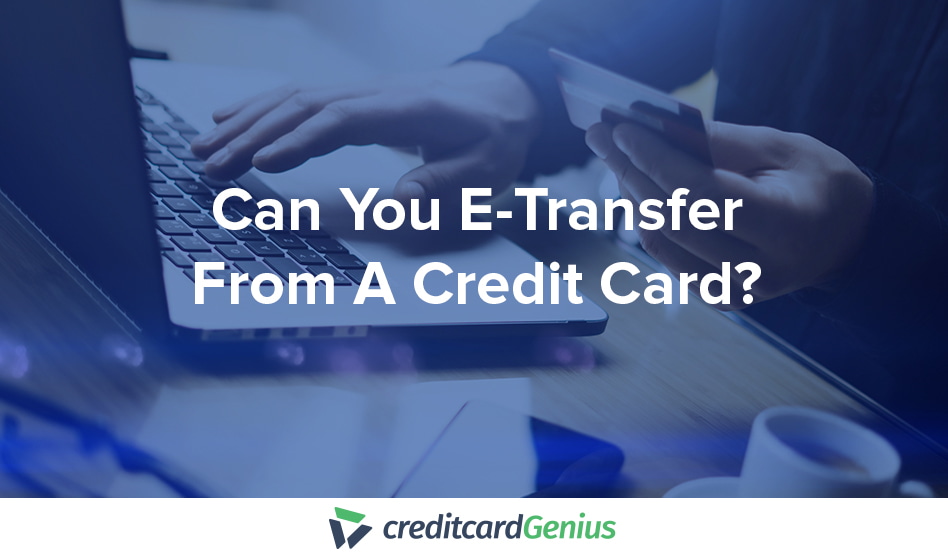
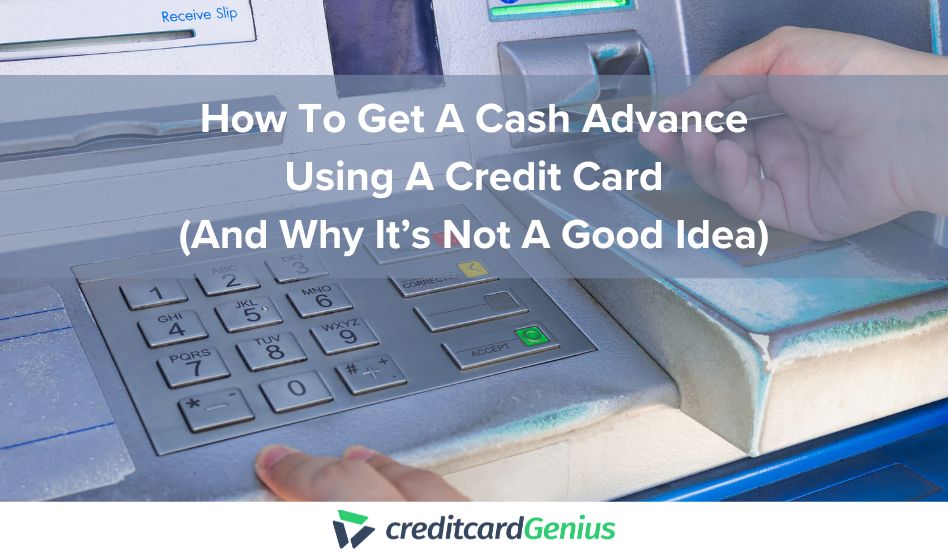
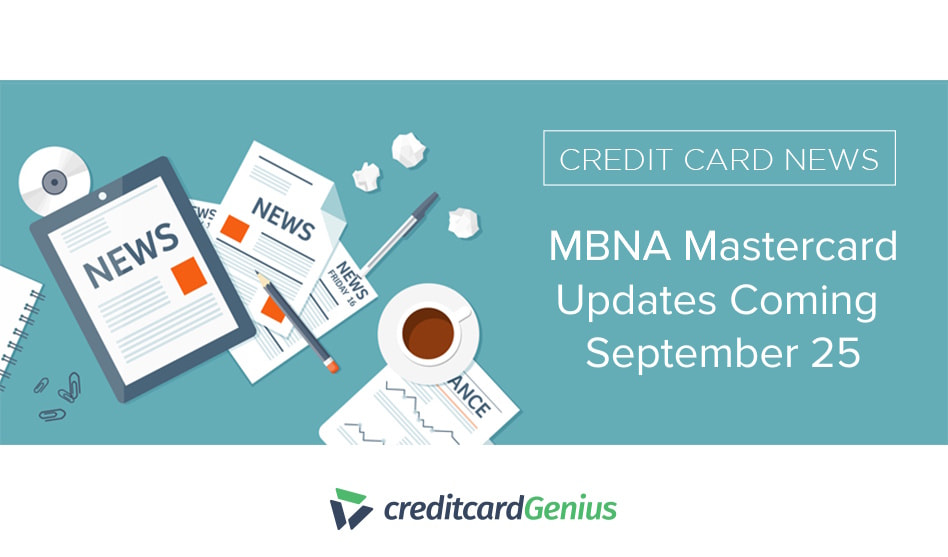
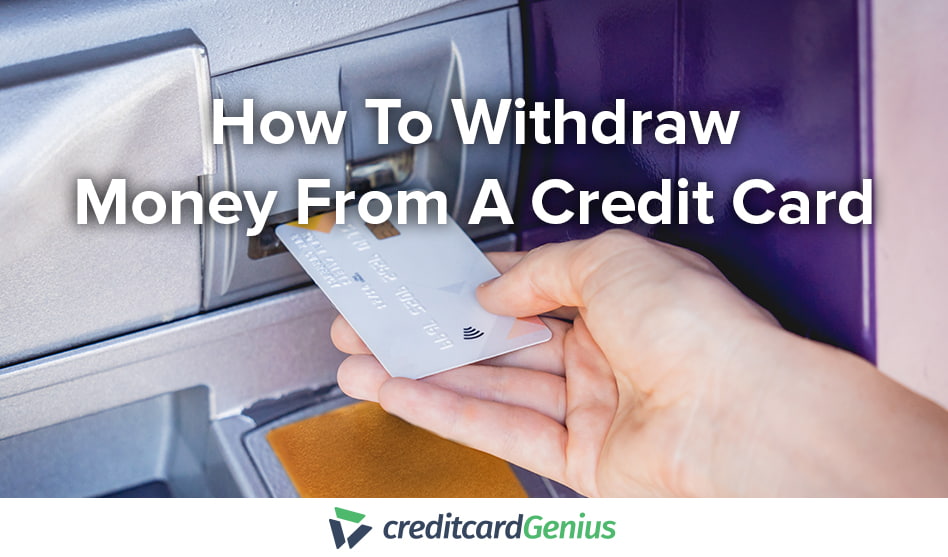


 GC:
GC: 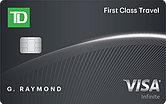

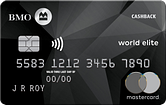


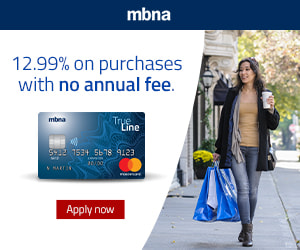
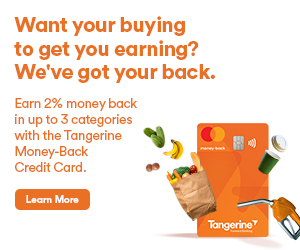


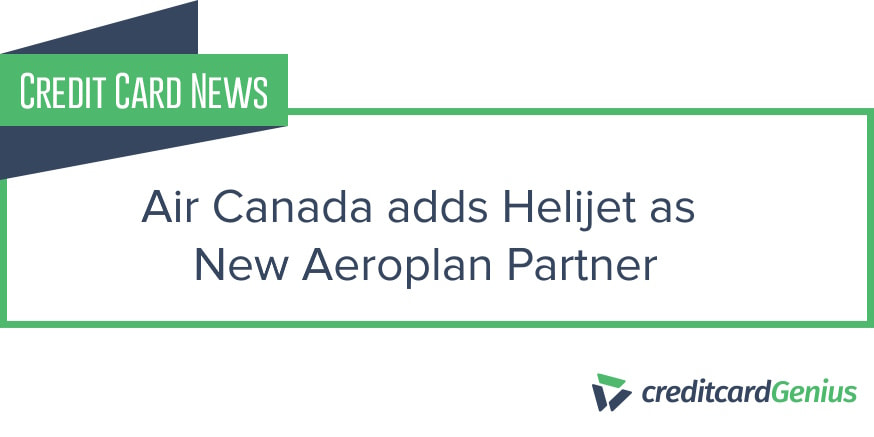









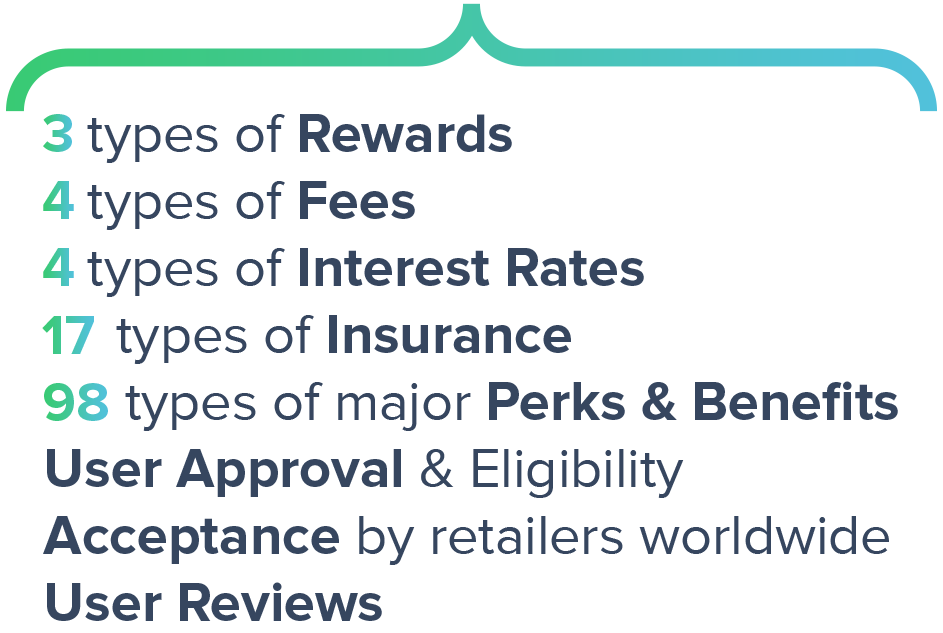
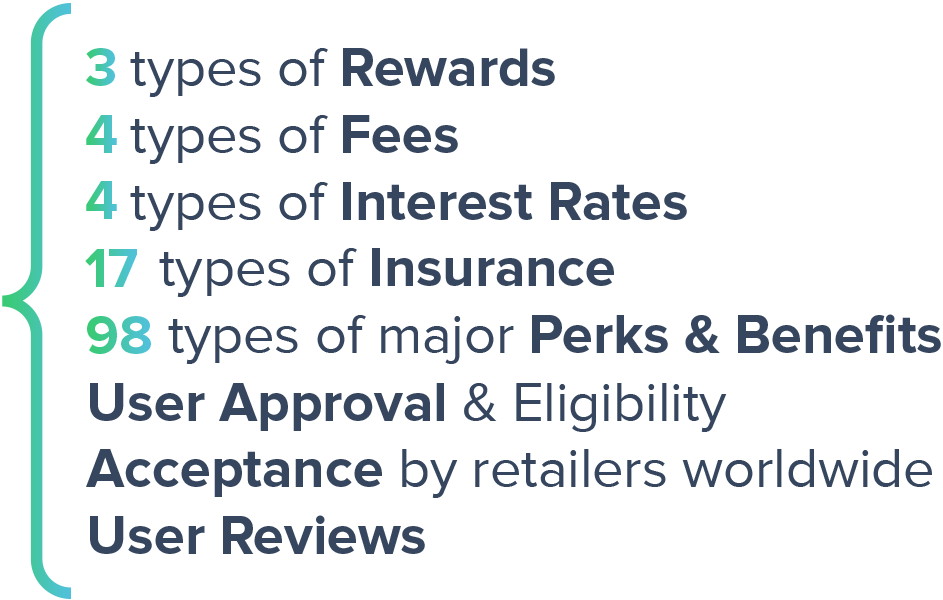















 $100 GeniusCash + Earn up to 15,000 Welcome Bonus Membership Rewards® Points.*
$100 GeniusCash + Earn up to 15,000 Welcome Bonus Membership Rewards® Points.*
Comments
Leave a comment
Required fields are marked with *. Your email address will not be published.